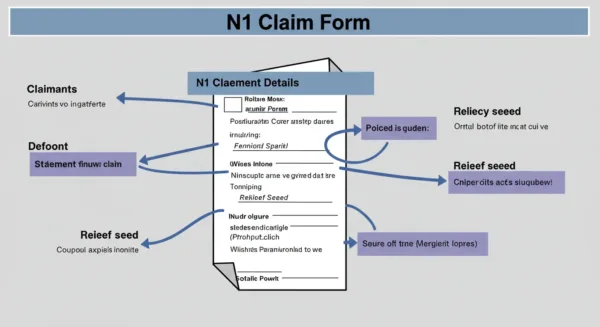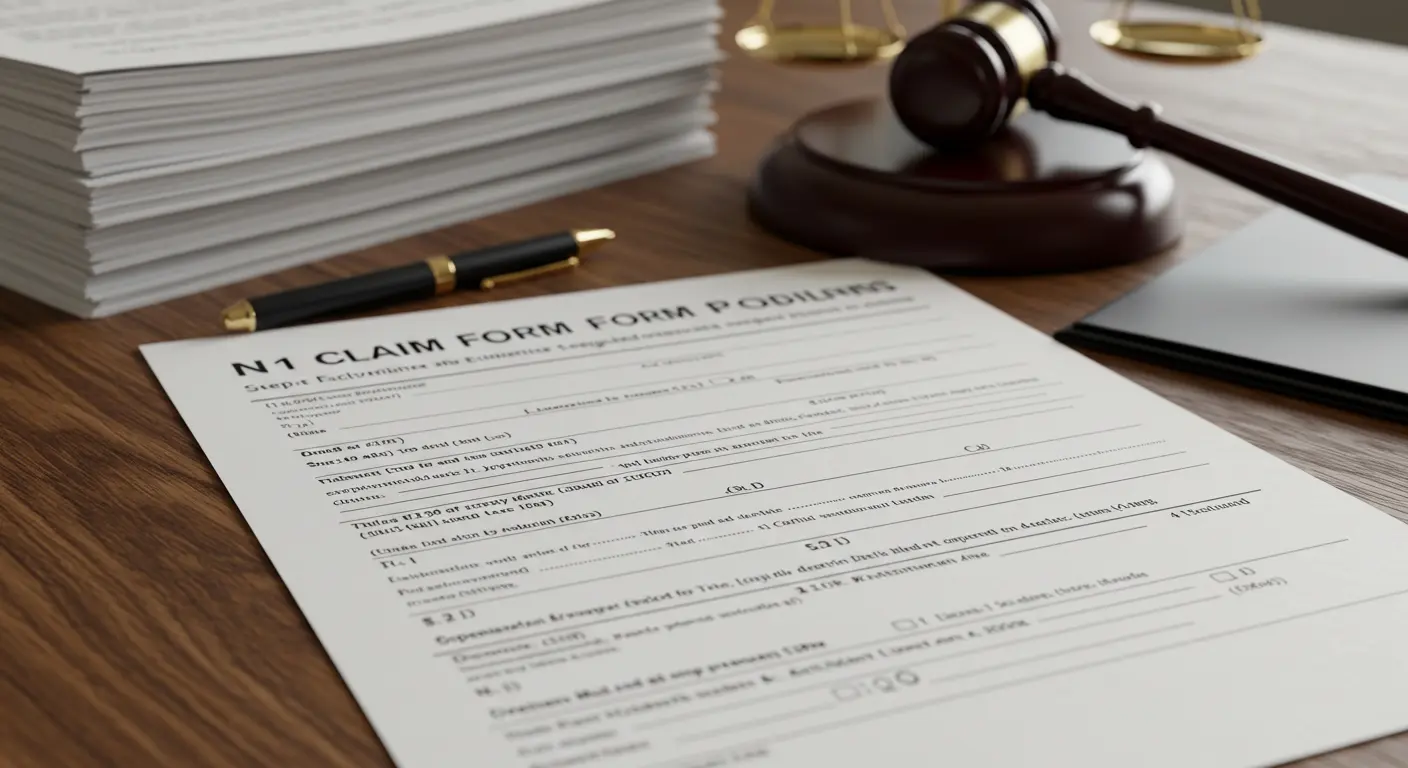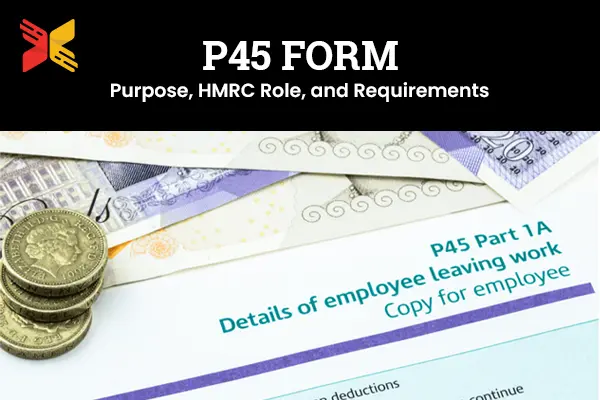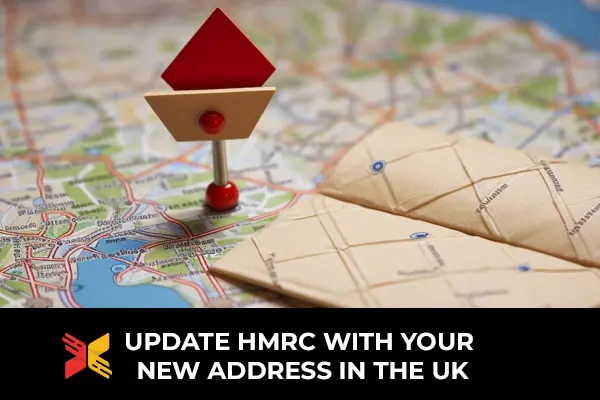What is an N1 Claim Form?
An N1 Claim Form is a legal document used in England and Wales to initiate a civil claim in court. It is usually used for cases of money claims, contract disputes, claims of personal injury, and small claims. The form is filed in the appropriate court, such as the county court or the high court, based on the value and complexity of the case. The N1 claim form acts as an official notification to the defendant that legal action has been taken against him. It prepares the details of the claim, the amount being claimed, and the outline of the legal basis. The court then processes the claim and serves it to the defendant, allowing them to respond within the given time limit.
For claims under £10,000, the N1 claim form is usually used to proceed to court application form for small claims. However, if the claim is more complex or more than £ 100,000, it can be processed as a high court claim under the Part 7 claim form or Part 8 claim processes.
How Do You Complete an N1 Claim Form?
Completing an N1 Claim Form includes supplying key details about the claim, which includes the parties concerned, the amount claimed, and the premise of the claim. The form is used to begin a civil declaration within the County Court or High Court in England and Wales. Begin by filling in the claimant’s and defendant’s details, which include complete names and addresses. Next, specify the court docket call and area wherein the claim is being filed. Under Particulars of Claim, truly state the reason for the declaration, such as the history, the amount owed, and any relevant felony basis. If claiming interest, seek advice from the Statutory Interest Rate and consist of calculations.
After completing the info, evaluate the form for accuracy before signing and courting it. Attach supporting files, which include contracts, invoices, or correspondence, to bolster the claim. Submit the shape in man or woman or by publish to the court, along with the required court charge, which varies based on the claim quantity. If claiming online, use the Money Claim Online (MCOL) provider for a quicker system. Once the court methods the claim, the defendant might be served with a response percentage, giving them a cut-off date to answer. If the defendant disputes the declaration, the case can also continue to a court docket hearing.
What are the Different Parts of the N1 Claim Form?
The N1 form UK is divided into several key sections that must be filled out correctly:
Claimant and Defendant Details: Basic facts approximately each party.
Court Details: The name of the court where the declaration is filed.
Claim Summary: A brief evaluation of the claim.
Detailed Particulars: A complete description of the dispute, which includes dates and applicable facts.
Amount Claimed: Breakdown of the economic claim, such as damages and hobby.
Statement of Truth: A legally binding declaration affirming the accuracy of the details.
The Part 7 declaration is often used for large claims exceeding £100,000, including disputes involving contracts and business matters. Alternatively, a Part Eight declaration applies when there is no major dispute of facts, such as when searching for a court announcement.

Where Can You Get an N1 Claim Form in the UK?
You can get a form N1 claim form from the official UK government website or directly from county courts and the High Court. This form is necessary to introduce a civil claim, such as fixing loans, demanding loss, or resolving contract disputes. If you prefer a physical copy, you can visit your nearest county court or High Court, where the court staff can guide you in completing the form correctly. Many legal professionals also assist in filling form the N1 claim form to ensure accuracy before submitting it.
Once completed, Form N1 Claim Form should be filed in the appropriate county court or High Court based on the complexity and value of the case. Claims under £ 100,000 are typically controlled by county courts, while high-value or more complex claims can go to the High Court. The court will release the claim, serve the defendant, and determine the deadline for reactions. The filing fees are different based on the amount of the claim, so it is appropriate to check the latest fee structure before submitting.
How Do You Submit an N1 Claim Form to Court?
To post an N1 declaration form within the courtroom, entire the form with correct info including the claimant and defendant statistics, declare quantity, and a clear details of the case. Ensure that every one of the vital auxiliary files is attached. Create copies of the form – one for yourself, one for the court, and further copies for every defendant.
Once finished, put up the form, employing form, put up, or online HMCTS Money Claim Online (MCOL) if you are eligible. Pay the desired courtroom charge, which varies based on the declared amount. After filing, the court will technique the declaration and issue a seal replica, which needs to be served to the defendant as in line with court policies.
What Happens After You Submit an N1 Claim Form?
After submitting the N1 claim form, the court processes it and officially records the claim. A sealed copy is sent to the defendant, informing them about legal action. The court also offers a case number and a response time limit, usually 14 days from the receipt. This period allows the defendant to accept or dispute the claim.
If the defendant accepts the claim, they can propose a disposal or request a payment plan. If they dispute this, they must present a defense within 14 days or request an extension. If no response is received, the contender may request a default decision. Depending on the circumstances, the case may then proceed to a court hearing or disposal discussion.
Example Table of Responses and Next Steps:
| Defendant’s Response | Next Step |
|---|---|
| Pays in full | Case closed |
| Files a defense | Court hearing scheduled |
| No response | Default judgment requested |
Conclusion
The N1 Claim Form is an essential document for starting civil claims in UK courts. Whether it is important to provide a small claim to court application form, a Part 7 claim form, or a High Court claim form, to provide accurate and detailed information, by following the correct submission process and understanding different parts of the Form N1 Claim form, contenders can increase their chances of success. Uncertain Britain can take legal advice to avoid uncertain Britain’s general mistakes about completing the N1 claim form.
















